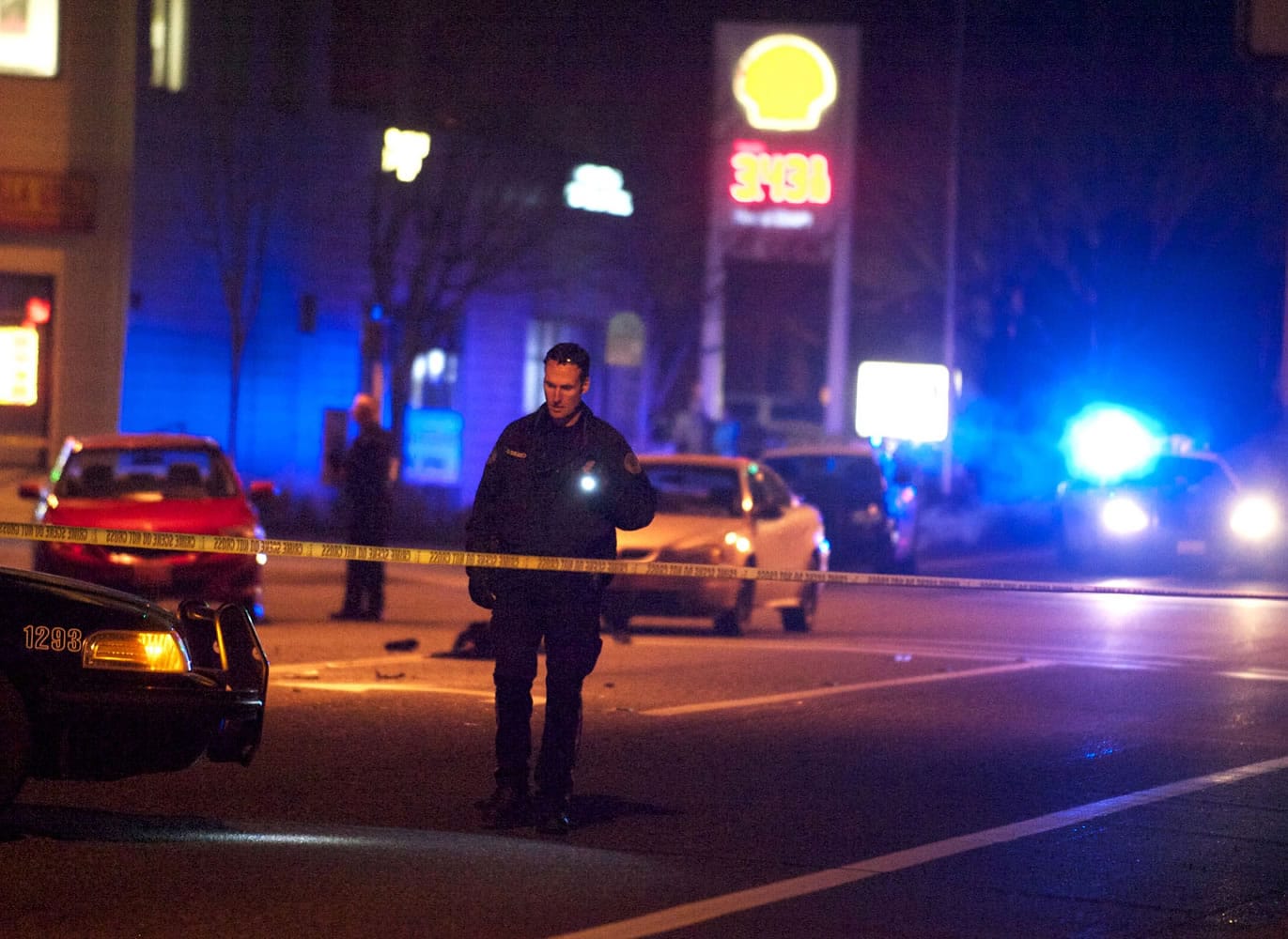How To Help
If you see a driver who appears to be under the influence or driving recklessly, call 911 with the vehicle’s description, license plate number, location and direction of travel.
Related Coverage
Expert tries to educate young drivers about importance of attention to road
Traffic fatalities ended 39 lives last year in Clark County.
The county’s traffic deaths in 2014 were twice as high as they were in 2013, and higher than any other year in the last decade. The increase in traffic fatalities also bucks the statewide trend, in which the number of deaths has stayed more or less flat in recent years, said Staci Hoff, director of research at the Washington Traffic Safety Commission.
“There’s nothing out there that says why all of a sudden we took that jump,” said Marion Swendson, manager of Clark County’s Target Zero program, a statewide effort to eliminate all traffic deaths and serious-injury crashes by 2030.




